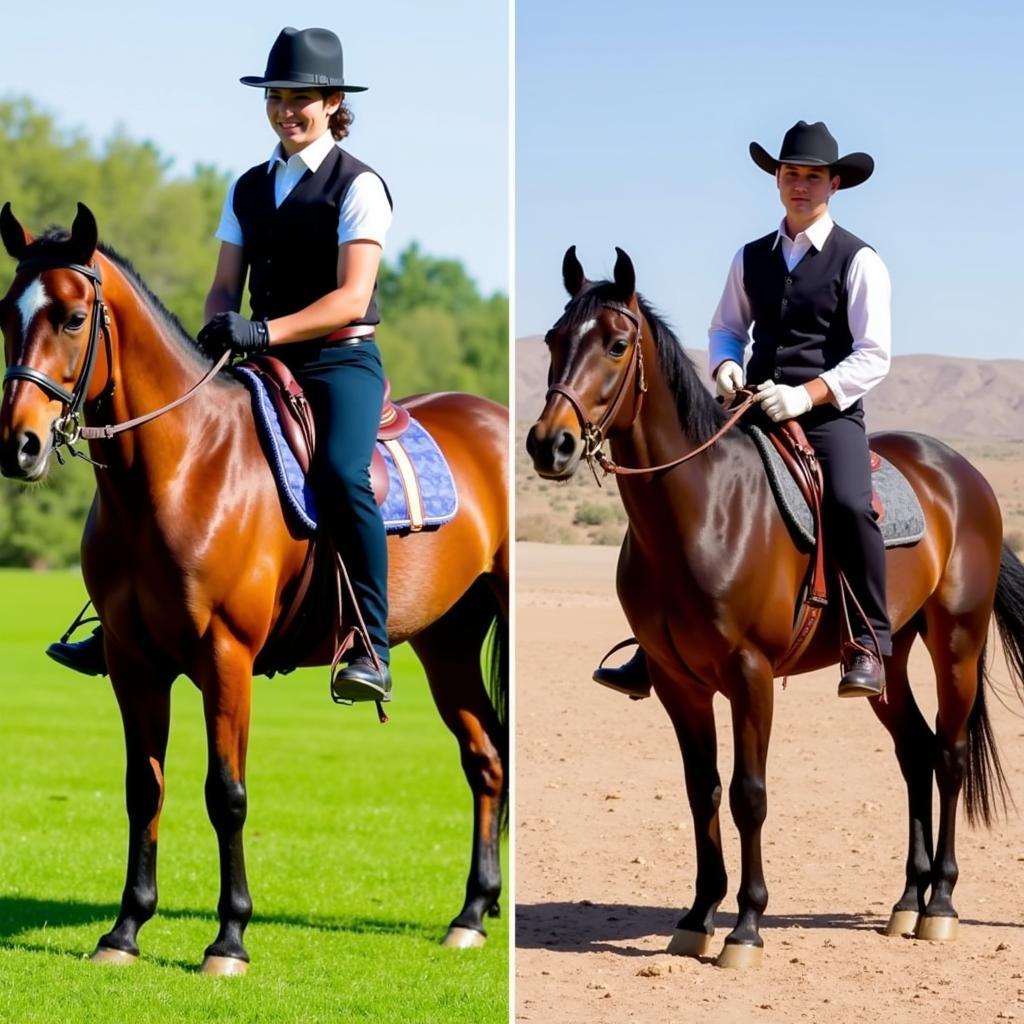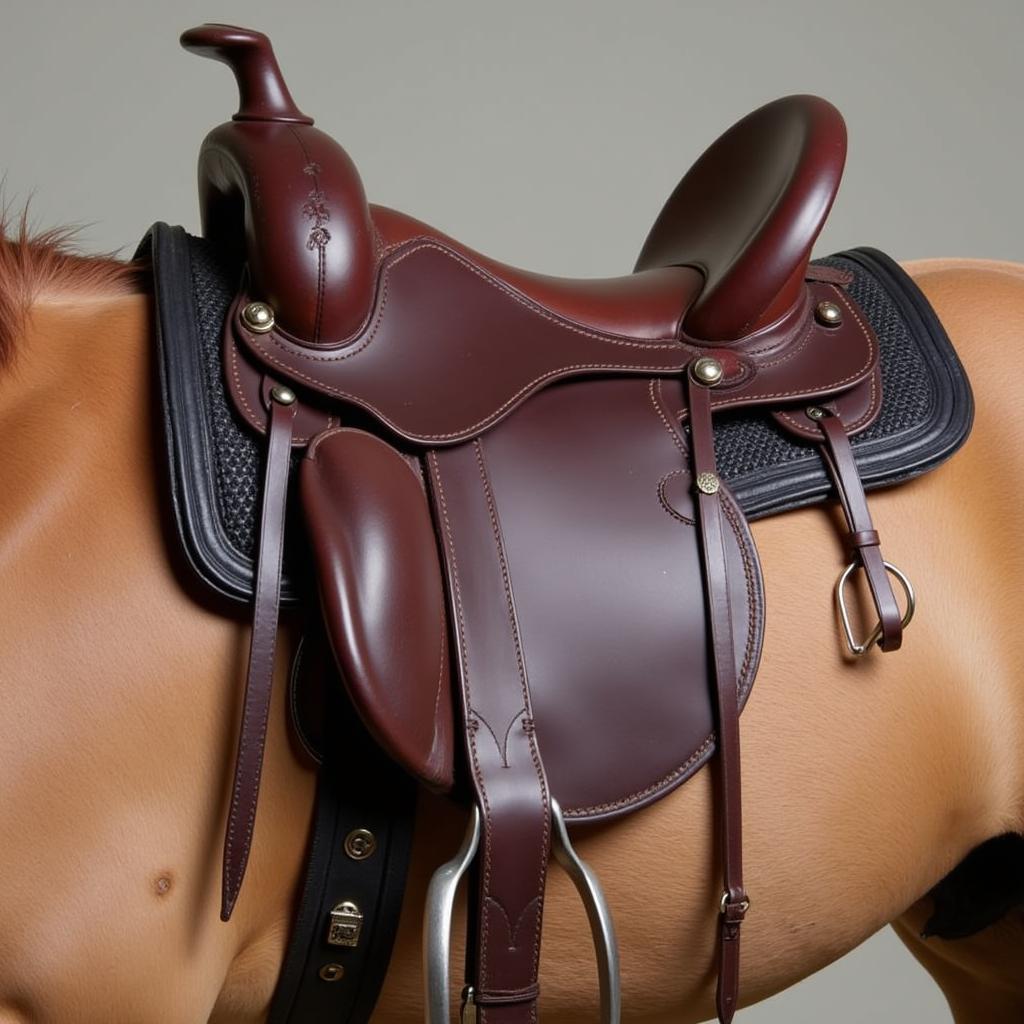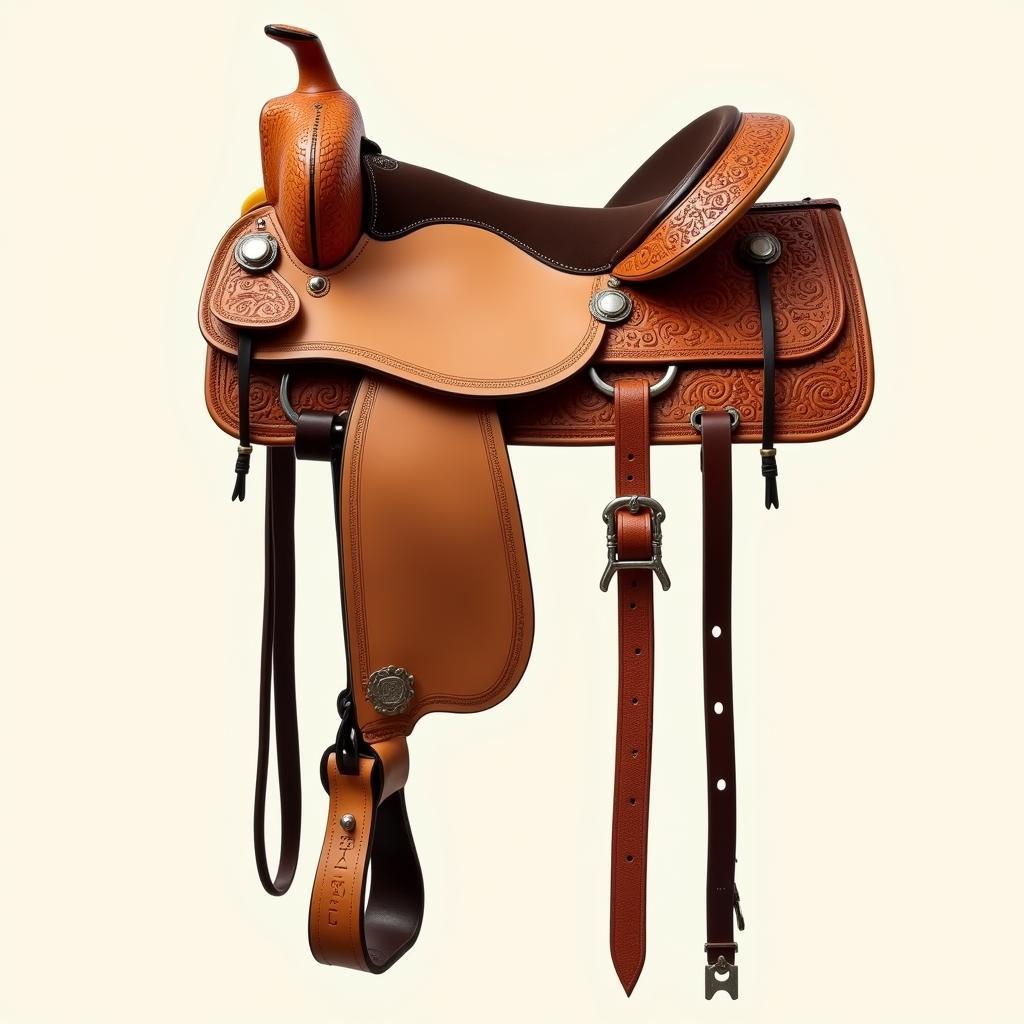English and Western riding are two distinct styles of equestrianism, each with its own rich history, traditions, and techniques. While both involve riding and caring for horses, they differ significantly in their equipment, riding styles, and overall disciplines. This article explores the key differences between English and Western horse riding, providing a comprehensive guide for horse enthusiasts and aspiring equestrians.
 English vs. Western Riding Styles
English vs. Western Riding Styles
Origins and History: From the Battlefield to the Ranch
English riding, as its name suggests, originated in England, with roots tracing back to classical horsemanship and military traditions. The emphasis was on developing riding techniques that provided control, agility, and balance, essential for mounted combat and hunting. Over the centuries, English riding evolved into various disciplines, including dressage, show jumping, and eventing, all emphasizing elegance, precision, and partnership between horse and rider.
Western riding, on the other hand, developed in the United States from the traditions of Spanish vaqueros and working cowboys. Its origins lie in the practical needs of cattle ranching, where riders spent long hours in the saddle, herding and managing livestock across vast, rugged terrain. Western riding prioritizes practicality, comfort, and a deep connection with the horse, emphasizing a more relaxed riding style and a secure seat.
The Saddle: A Defining Difference
One of the most noticeable distinctions between English and Western riding lies in the saddles.
English saddles are smaller, lighter, and more streamlined, designed to allow closer contact between the rider’s leg and the horse’s body. They feature a more forward flap and a shallower seat, providing greater freedom of movement for the rider’s legs and allowing for subtle communication with the horse.
 English Saddle Anatomy
English Saddle Anatomy
In contrast, Western saddles are larger, heavier, and built for comfort and security during long hours of riding. They have a deep, padded seat with a high cantle and a wide horn at the front, providing the rider with a more stable and secure position. The stirrups are larger and often covered with leather tapaderos, offering greater foot support and protection.
 Western Saddle Features
Western Saddle Features
Riding Styles and Communication: Subtle Cues vs. Neck Reining
English and Western riding also differ significantly in their riding styles and methods of communication with the horse.
English riders employ a more active riding style, using subtle shifts in weight, leg pressure, and rein aids to guide the horse. This refined communication system allows for greater precision and finesse in movements, essential for disciplines like dressage and show jumping.
Western riders, on the other hand, typically use a more relaxed, deep-seated riding style, relying on neck reining, where the reins are held in one hand and pressure is applied to the horse’s neck to direct its movement. This method, developed for working cattle, allows the rider to control the horse with one hand while leaving the other hand free for tasks like roping.
Disciplines and Competitions: A Diverse World
Both English and Western riding encompass a wide array of disciplines and competitive events, showcasing the versatility of horse and rider.
Popular English riding disciplines include:
- Dressage: Often referred to as “horse ballet,” dressage focuses on developing the horse’s athleticism, obedience, and grace through a series of precise movements.
- Show jumping: This exhilarating discipline tests the horse and rider’s ability to jump over a course of obstacles cleanly and efficiently.
- Eventing: A true test of horsemanship, eventing combines dressage, cross-country riding, and show jumping, challenging both the horse’s and rider’s versatility and endurance.
Western riding boasts its own set of unique disciplines, such as:
- Reining: A display of athleticism and control, reining showcases the horse’s ability to perform a pattern of circles, spins, and sliding stops with precision and finesse.
- Cutting: A fast-paced and exciting event, cutting tests the horse and rider’s teamwork in separating a single cow from a herd and preventing it from rejoining.
- Barrel racing: A true test of speed and agility, barrel racing involves riders guiding their horses through a cloverleaf pattern around barrels in the fastest time possible.
Choosing the Right Path: Finding Your Equestrian Style
The choice between English and Western riding ultimately depends on individual preferences, riding goals, and the type of equestrian experience one seeks.
English riding appeals to those who appreciate elegance, precision, and the close partnership between horse and rider. It offers a wide range of disciplines, from the graceful movements of dressage to the thrill of show jumping.
Western riding, on the other hand, attracts riders who value practicality, comfort, and the bond developed through working with a horse. It provides a diverse range of disciplines, each highlighting the horse’s athleticism and the rider’s skill in a unique way.
Conclusion: Two Worlds, One Passion
Whether you are drawn to the refined elegance of English riding or the rugged practicality of Western riding, both styles offer a unique and rewarding equestrian experience. Understanding the key differences between these two styles can help aspiring equestrians make informed decisions about their riding journey and discover the path that best aligns with their passions and aspirations.
Frequently Asked Questions
- Can you use an English saddle for Western riding? While technically possible, it is not recommended to use an English saddle for Western riding. The different designs and features of each saddle are tailored to the specific demands of their respective riding styles.
- Is English riding harder than Western riding? Both English and Western riding present their own unique challenges and require different skill sets. Neither style is inherently “harder” than the other.
- What kind of horse is best for English riding? Various horse breeds excel in different English riding disciplines. Thoroughbreds, Warmbloods, and Irish Sport Horses are popular choices for disciplines like show jumping and eventing.
- What breed of horse is best for Western riding? Quarter Horses, American Paint Horses, and Appaloosas are well-suited for various Western riding disciplines, known for their agility, strength, and calm temperament.
- Can you switch between English and Western riding? Yes, many riders enjoy both English and Western riding styles. Adapting to the different equipment and riding techniques may require some adjustment and practice.
Do you have more questions about English and Western riding? Explore these related articles on our website:
- clydesdale horse compared to normal horse
- horse trainers in wisconsin
- horse breastplate english
- horse bridles and bits
- mens horse riding trousers
For further assistance, please feel free to contact us at:
Phone: 0772127271
Email: [email protected]
Address: QGM2+WX2, Vị Trung, Vị Thuỷ, Hậu Giang, Việt Nam
Our dedicated customer support team is available 24/7 to assist you with any inquiries.